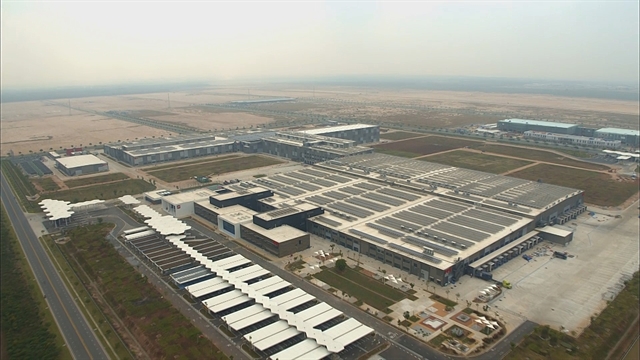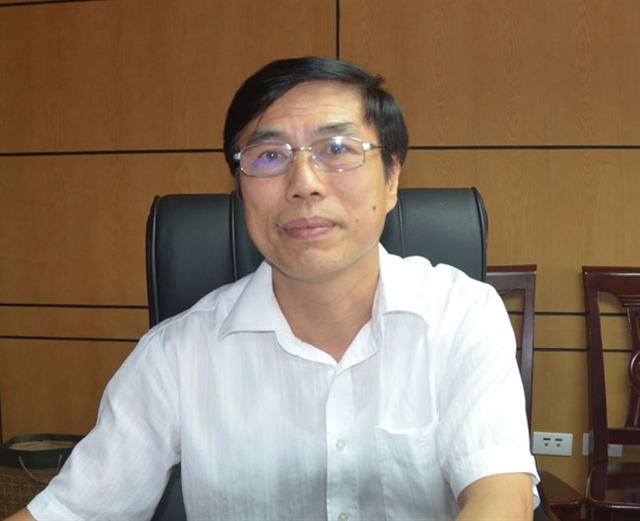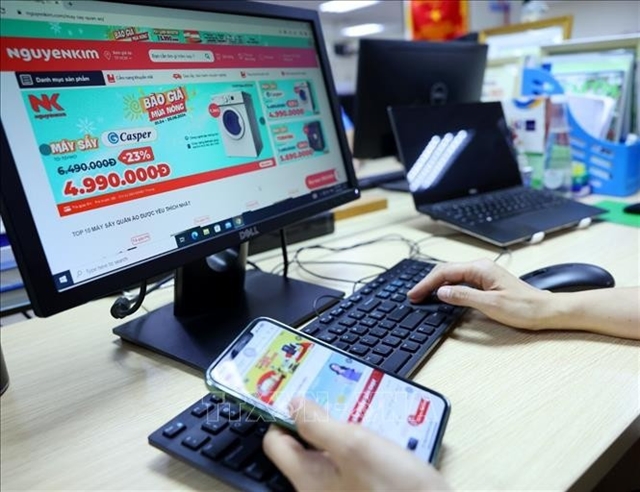 Economy
Economy


|
| Đỗ Đức Quân, Vice Director General of the Electricity and Renewable Energy Authority under the Ministry of Industry and Trade |
According to experts, national energy transition process requires comprehensive and synchronised policies. Đỗ Đức Quân, Vice Director General of the Electricity and Renewable Energy Authority under the Ministry of Industry and Trade, speaks to Việt Nam News reporter Nguyễn Linh Anh about how to promote efficient and sustainable energy transition in Việt Nam.
To encourage the use of renewable energy, the Ministry of Industry and Trade has submitted to the Government a feed-in-tariff mechanism for solar, wind and biomass power. How effective are such mechanisms in promoting the use of renewable energy?
Feed-in tariffs (FIT) are designed to provide a fixed-price incentive to guarantee a certain level of benefits for renewable energy (RE) producers for each unit of energy produced and injected into the electricity grid. The payment of the FIT is guaranteed for a certain period of time that is often related to the economic lifetime of the respective RE project, usually between 15-25 years.
The FIT mechanism is designed by the Ministry of Industry and Trade to promote the exploitation of domestic renewable energy sources, gradually increasing the proportion of renewable energy in national energy consumption, pushing to phase out fossil fuels and slow the onset of climate change.
The Government has issued Decision No 2068/QĐ-TTg, dated November 25, 2015, approving the development strategy of renewable energy of Việt Nam by 2030 with a vision to 2050.
One of the decision’s objectives is raising the percentage of produced power from renewable energy (including hydropower) in the total power of the country from about 35 per cent by 2015 to around 43 per cent by 2050.
FIT is one of the mechanisms developed by the Ministry of Industry and Trade to achieve these goals.
By the end of June, the total installed capacity of renewable energy projects across the country reached more than 5,000 MW, with about 4,442 MW of large-scale solar power and about 150 MW of rooftop solar power, 303 MW of wind power, 342 MW of biomass and nearly 10 MW of solid waste.
How does the Ministry of Industry and Trade encourage each locality to exploit and develop renewable energy?
Localities with high potential will have advantages and attract more investors. For example, the southern province of Ninh Thuận has great potential for solar energy and the southern province of Bình Thuận has great potential for wind power. Depending on the conditions of each province, provinces will provide additional support and incentives.
Some have argued that Vietnam Electricity (EVN) is selling electricity at prices lower or equal to the costs of investing in renewable energy, which has high infrastructure and research costs. This makes investors fear losses when investing in renewable energy projects. What's your opinion?
I don’t agree with this idea totally.
By the end of 2018, total capacity of hydropower accounted for about 33 per cent of total installed capacity of the national power system. Many hydropower plants are selling power to the EVN at very low prices, such as Hoà Bình hydropower plant. As a result, we can buy electricity from the EVN at lower prices compared to the region.
In recent years, the exploitation of solar power in the world and in Việt Nam has increased rapidly due to the development of science and technology, with higher efficiency solar panels. In the future, the price of solar power will definitely compete with other power sources.
After two years applying the FIT mechanism, the Ministry of Industry and Trade is working with the Asian Development Bank (ADB), the World Bank (WB) and some other Dialog Partners to study a new mechanism, known as competitive auction to select capable investors to develop renewable energy projects.
When we hold an auction, any investors offering the most suitable and cheapest price will be selected. The specific price will be determined by the market. Of course, all investors want us to buy their electricity at a high price, so their projects will become more financially feasible.
What should be done to ensure the transition to renewable energy does not affect people's livelihoods, employment structures and avoids land conflicts?
The transition to renewable energy needs to fit the development of scientific and technological innovation, the cost of production, the conditions for economic development in each period and affordability of the people, to ensure the safe operation of the transmission system while ensuring investment attraction.
We should not keep the existing FIT mechanism over a long period of time as it may lead to overheated development of solar power projects, which can lead to conflicts in land use.
The auction-based system I mentioned earlier helps ensure the harmony of renewable energy projects’ development. The competitive auction mechanism is expected to help the prices of electricity from RE projects reflect the rapid price reduction of RE equipment and avoid the risk of land conflicts. — VNS




